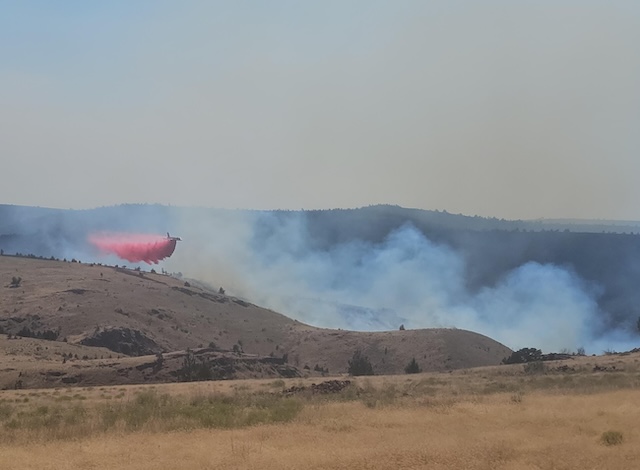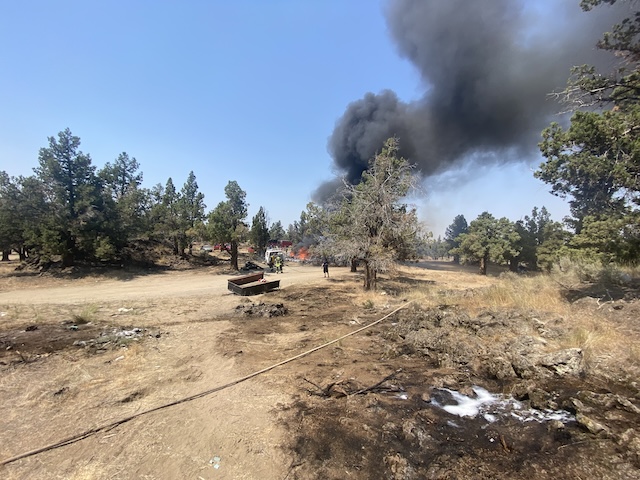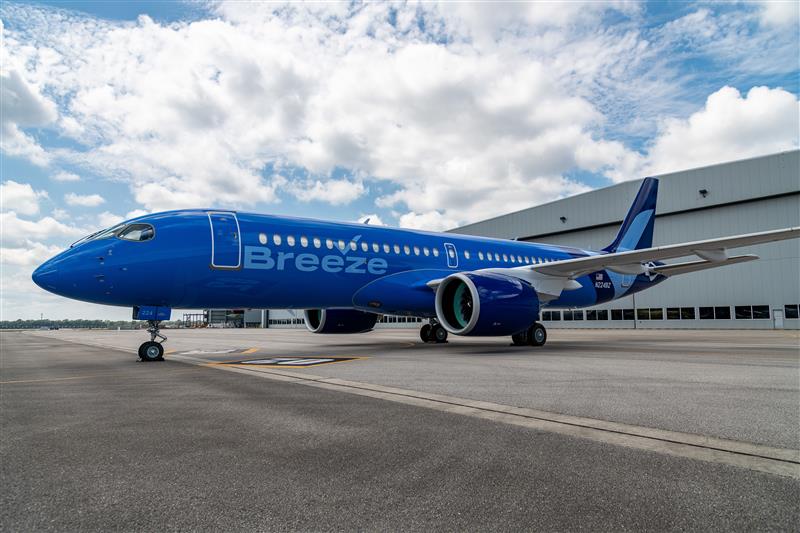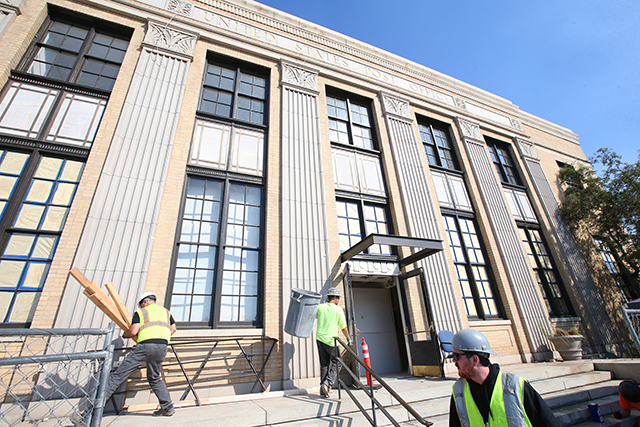Meet the avalanche dogs that keep Mt. Bachelor safe
Published 8:30 am Tuesday, February 13, 2024

- Mount Bachelor Ski Patrol members Drew Clendenen, center, and Erica Gorey get ready with their avalanche dogs Ruddy, left, and Shasta at the top of the Pine Marten Chair at Mt. Bachelor ski area on Feb. 5.
As Shasta ran down the slopes of Mt. Bachelor ski area toward the Ski Patrol building, the 3-year old golden retriever had a giant smile on her face. As she arrived at the base — clad in her special avalanche dog harness — she rolled in the snow with a contagious excitement.
Shasta is a working dog employed by Mt. Bachelor to find people buried by an avalanche before they suffocate. She’s the best tool Mt. Bachelor and other ski areas can have in the rare event an avalanche happens during operating hours, said her handler, Drew Clendenen.
Trending
“We’ve done drills before where we will bury a patroller in a snow cave with an avalanche beacon and will send the dog and a patroller (to retrieve them) at the same time,” said Clendenen, who is also the patrol training supervisor and head of the avalanche dog program. “And the dog will find the person first before their patroller will.”
Shasta has been training with Clendenen as an avalanche dog since she was a puppy, and Clendenen selected her specifically from a breeder based on the desired traits for a mountain dog. Like all avalanche dogs, she has a very high prey drive and an excellent nose.
“It’s hard for me to think about (breeding) a dog when there’s so many dogs out there that need homes, but I think that for a working dog, it’s pretty critical to get that known working drive,” Clendenen said.
The responsibility Shasta trains for is very serious, but on a daily basis her job is to have fun.
For the first year of their life at Mt. Bachelor, avalanche dogs are just meant to get used to the sights and sounds of a ski resort. They learn basic tasks, like how to safely ride a chair lift and how to run beside their handler as they make their way down the mountain in tandem.
But most importantly, the dogs learn to play tug of war.
Trending
“You wouldn’t think it would be such an important part of our jobs to play with the dogs, but the crazier you are, the more it builds that excitement. If we are in a snow cave, we play with the dog as long as possible to build (that reward),” said patroller Tom Carvajal.
Tug of war is a central part of avalanche dog training because it teaches the dogs like Shasta the mechanics of pulling a person out of the snow, which is simulated in training by placing a handler inside a snow cave. As their training advances, the caves become more and more difficult for the dogs to find, and they can be four or more feet below the surface of the snow.
“It can be a little claustrophobic, especially in some of the deeper snow caves,” Clendenen said, describing what it’s like to be the handler hidden inside a snow cave. “You’re down in this hole and you get kind of closed off … You can hear the dog and you can see the digging. It’s pretty cool when their head pops in through the snow block wall and your dog jumps in there and it’s a party.”
But digging a patroller out from under four feet of snow is one of the last stages of training, so Clendenen had Shasta demonstrate one of the early drills puppies — like the program’s youngest golden retriever Jetty — do to start their search training.
While he stood with Shasta near the tree line, Clendenen had another patroller, Ryan Marvin, tease her with her favorite tug toy before disappearing behind a concrete wall about a hundred yards away.
Shasta knew exactly what was happening, and let out a soft whine as she waited for Marvin — and her toy — to disappear. When Clendenen gave her the command to search, Shasta bolted through chest-deep snow. It was no time before she had found her target.
“She likes a good growl,” Clendenen said to Marvin as he played tug with Shasta as a reward. “Yeah! That back and forth motion is really good!”
Mt. Bachelor has four dogs in their avalanche program. Shasta and her counterpart Ruddy — a two and a half year old border collie — are the oldest and most advanced dogs. Cashew, a two-year old golden retriever isn’t far behind them and Jetty is just out of her first year of acclimatization.
Over the 12 seasons Clendenen has been a patroller at Mt. Bachelor, there has never been an avalanche fatality.
“There’s been a handful of times that we’ve run our dogs through very small avalanches that have happened right before operating … No one else was around, but we ran the dogs through it anyway,” Clenenen said. “It’s good training for them to clear the site … and just to double check.”
Although handlers like Clendenen work hard to ensure their dogs are ready in the event of an emergency, he said the unfortunate truth of the situation is that most avalanche extractions are not live rescues.
One of the few — and perhaps most recent — times a dog has found a live avalanche victim in the U.S. happened in 1984 at Alpine Meadows Resort in Tahoe, California. The avalanche killed seven people, but Roberta Huber and her German Shepherd Bridget found 22-year-old Anna Conrad after she survived nearly five days buried in snowy and rubble of the ski area’s lodge.
Despite the low odds and rarity of severe avalanches in highly controlled environments like Mt. Bachelor, Clendenen still feels it’s worth it to keep the dogs on staff at Mt. Bachelor in the case of an emergency where time is of the essence.








